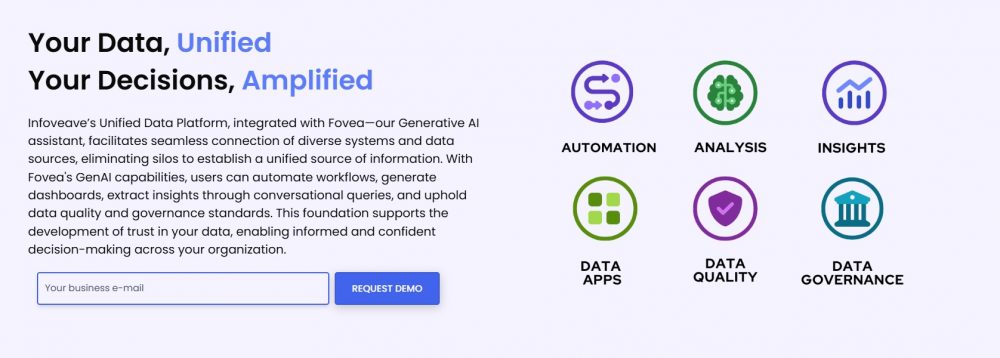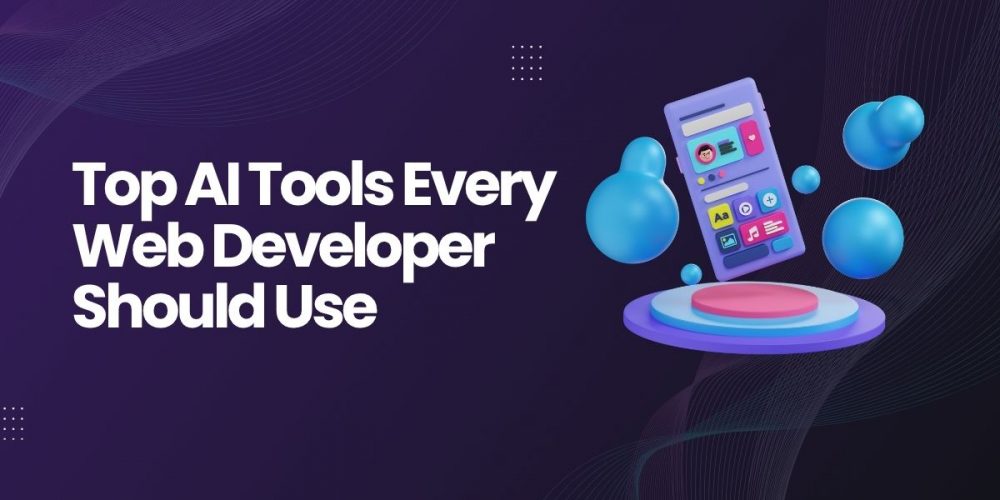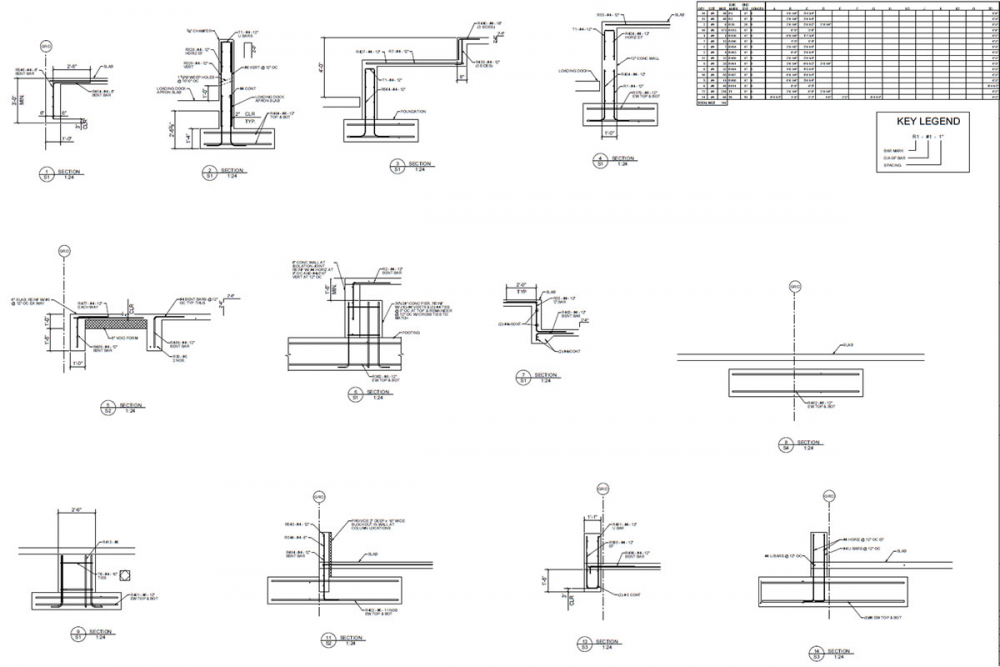
In the digital age, businesses have both amazing chances and problems that have never been seen before. Data has become the most important part of being innovative, efficient, and competitive. But as businesses quickly started using digital tools to solve important problems, many have ended up with a patchwork of “point solutions”—software tools that are made for one thing but don’t work well with others.
Point solutions promise quick relief from a specific pain: a new analytics engine to visualize sales data, a standalone CRM to manage leads, a separate marketing automation tool, and so on. But every time a company adds a new point solution, it makes its ecosystem more complicated without meaning to. Over time, these islands of information turn into silos, make integration a nightmare, and raise costs.
What happened? IT teams are too busy, businesses can’t get all the data they need, and new ideas come out more slowly. People are starting to realize that successful businesses need more than a set of loosely connected tools. They need unified data platforms that bring users, data, and workflows together in one place. Unified data platforms don’t just fix today’s technical problems; they also lay the groundwork for a future that is scalable, secure, and flexible.
This blog will talk about why businesses are moving away from point solutions and toward unified data platforms. We’ll talk about the problems with point solutions, the power of unified data platforms to change things, and how to switch to them in real life.
What Point Solutions Can’t Do?
Point solutions often become popular because they meet a very specific need with specialized features. However, as businesses grow and change, it becomes clearer that using a bunch of different tools that don’t work together has its problems.
Data Silos and Not Being Able to Work Together
One of the most common problems with point solutions is that they create data silos. Because each tool usually has its own database, information stays in that application. This makes it very hard to get a clear picture of the business.
For instance, the sales team might use a CRM, the marketing team might use a different email tool, and the customer support team might use their own ticketing system. Each department can do its job well on its own, but the company as a whole is in the dark. It’s almost impossible to answer important questions like “Which marketing campaigns lead to the highest conversion rates?” or “How do support tickets affect customer lifetime value?” without a lot of manual data stitching.
These silos also make it harder for people to work together. Teams waste time making copies of data, fixing duplicates, and dealing with information that isn’t consistent, all of which makes it harder to make decisions.
Higher Costs of Doing Business with Many Tools
Every new point solution comes with its own licensing fees, maintenance contracts, and training needs. At first, these costs may seem reasonable, but as the number of tools grows, so do the costs, often in ways that are hard to predict.
In addition to the costs of buying and keeping software up to date, companies also need to hire experts for each system. Support teams need to know how to use different interfaces, and IT needs to keep them safe and working well. Licensing issues, duplicate features, and “shadow IT” (when business units buy their own unauthorized tools) only make costs go up even more.
Complicated integrations and extra work for maintenance
Most of the time, point solutions don’t come with integrations right away. IT teams have to make and keep custom connectors, scripts, and middleware solutions up to date just to keep data moving between systems. These integrations that you make yourself are not very strong and can break with every update to the software or change to the API.
It can be hard to keep up with maintenance. IT doesn’t focus on coming up with new ideas; instead, it fixes problems with integration, makes sure data is correct, and keeps track of more and more dependencies. This makes it harder to roll out new features quickly and raises the risk of expensive downtime.
What Sets Unified Data Platforms Apart?
The move to unified data platforms is a big change in how businesses think about software. These platforms are meant to bring together data, tools, and processes into a single, smooth ecosystem.
Managing and governing data in one place
Unified data platforms get rid of silos by putting all data assets in one place where everyone can get to them. It is much easier to make sure that data is accurate, consistent, and easy to get to across departments when there is only one source of truth.
Centralized management also makes it easier to keep data safe. Businesses can make sure that everyone follows the same rules for data privacy, access controls, and lifecycle management. Audit trails, role-based access, and automated compliance checks become built-in features instead of things that are added on to different tools later.
Analytics in Real Time and Better Choices
Teams can get real-time insights instead of just historical reports when all the data is in one place. Unified data platforms often come with powerful analytics engines that take in data, process it, and give you insights right away.
Decision-makers can see their whole business at once. They can cut and dice data from different touchpoints, like sales performance, customer feedback, and operational KPIs, all in one dashboard. This interconnected view gives businesses the ability to respond to changes in the market, improve their operations, and take advantage of new opportunities more quickly.
Scalability and Flexibility for Business Growth
As businesses grow, point solutions often have trouble keeping up. Licensing, integrations, and performance can all slow things down. On the other hand, unified data platforms are made to grow.
Modern unified solutions come with cloud architectures that can grow with the needs of the business. It used to be hard to add new users, integrate new services, or onboard a new business unit, but now it’s easy. They are made to be flexible so that businesses can quickly change to meet new needs, markets, or rules.
Main Benefits of Moving to Unified Data Platforms
Moving from a bunch of separate tools to a single, integrated platform has a lot of benefits.
Savings on costs and better return on investment
At first glance, the cost of investing in a unified platform may seem high, but the savings over time are huge. By standardizing on a single solution, businesses can get rid of extra licenses, cut down on integration and maintenance costs, and lower training costs.
Organizations can see their technology investments more clearly with consolidated spending, and they can see the return on investment through better efficiency, flexibility, and business results.
Better teamwork and self-service analytics
Unified data platforms make it easier for everyone to get to data. Business users don’t have to wait for IT or data teams to send them reports or connect datasets anymore. With self-service analytics and easy-to-use interfaces, employees can look at and analyze data on their own. This makes insights come faster and promotes a culture of making decisions based on data.
It also makes it easier for people to work together. Departments can share dashboards, insights, and workflows without worrying about losing or mixing up data. This openness between teams with different skills helps them work together to reach shared goals and see real results.
Better systems for security and following the rules
It is very important to follow the rules, especially in fields like finance, healthcare analytics, and retail. When sensitive information is spread out across a lot of systems that don’t work well together, the risk of breaches and violations of the law goes up.
Built-in encryption, access controls, and audit capabilities are all part of unified data platforms. These features work together to keep data safe.
Better frameworks for security and compliance
Following the rules is very important, especially in fields like finance, healthcare, and retail. When sensitive data is spread out across many systems that don’t work well together, the chances of breaches and compliance violations go up.
Unified data platforms come with built-in encryption, access controls, and audit capabilities, all of which work together to keep data safe. Centralized management of compliance with rules like GDPR, HIPAA, or PCI DSS lowers the risk of not following the rules and makes audits easier to prepare for.
Examples of Unified data platforms in the Real World
Unified data platforms aren’t just a theory; they’re actually making a difference in many fields. A few examples are
Success Stories in Retail and Consumer Goods
Big stores and companies that sell consumer goods have been the first to use unified data platforms to get a complete picture of their customers. These businesses have done things like put all of their in-store transaction data, e-commerce activity, inventory records, and marketing campaign analytics into one platform.
- Better forecasting of demand and optimization of inventory.
- Started very focused marketing campaigns based on customer profiles that were all the same.
- Improved loyalty programs and experiences across all channels.
After bringing together dozens of point solutions into a modern, unified platform, one global retailer was able to cut operational costs by 30%. With interconnected data and analytics, they could quickly spot sales trends, cut down on delays in the supply chain, and change promotions to fit real-time trends.
Uses in finance, health care, and manufacturing
Banks and insurance companies are putting all of their customer relationship management, fraud detection, and regulatory reporting on one platform. Real-time data integration lets you do quick checks for money laundering, makes it easier to follow the rules, and gives customers better service.
In healthcare, hospitals and drug companies use electronic health records (EHRs), supply chain management, and patient experience analytics to work together. They get better results for patients, use resources better, and make sure they follow new healthcare rules by doing this.
Manufacturers put together information from production monitoring, quality control, the supply chain, and after-sales support into one system. Unified data lets you do predictive maintenance, which cuts down on downtime, better allocate resources, and quickly respond to changing customer needs.
How to Move from Point Solutions to a Unified Platform
Moving from a patchwork of point solutions to a single platform is a big job, but the benefits are huge if you plan carefully. This is how businesses can make the change:
Looking at the Tools and Data Workflows We Have Now
Start by making a list of all the tools, systems, and data sources you have right now. Find places where things overlap, are missing, or don’t work well. This assessment isn’t just about counting costs; it’s also about figuring out how data flows, where silos are, and what business questions are still unanswered because of fragmentation.
Make a list of dependencies. Which systems work together, and where do the manual hand-offs or data changes cause delays and mistakes? This process gives us a plan for what should stay, what should be improved, and what should be thrown away in the new unified ecosystem.
Making a Plan for Migration and Adoption
A phased, strategic approach is necessary for a smooth transition. First, make sure you know what you want the unified platform to do. Is it to break down barriers, make analytics better, or encourage new ideas? Get people from IT, line-of-business, compliance, and executive teams involved in setting success criteria.
Make a detailed plan for the migration
Put important workflows first: Move processes that have a big effect on your business first, like customer engagement or financial reporting.
Plan for moving data: Clean, standardize, and move data carefully to keep it safe and cause as little trouble as possible.
Integrate slowly: If you can, choose hybrid approaches that let point solutions and the unified platform work together for a short time. This lowers risk.
Invest in training and change management: Give users the tools they need to make the most of new features, and deal with resistance by keeping communication and support going.
How to Measure Impact After Implementation
After the rollout, use both quantitative and qualitative metrics to see how well it worked. Key performance indicators (KPIs) could be things like lower error rates, faster decision-making, better compliance metrics, or happier employees.
Ask users for feedback on a regular basis. Can they get to insights more easily? Has working together gotten better? Use these ideas to change the platform’s settings, add new features, and make sure that the unified platform keeps up with the changing needs of the business.
Conclusion: The Future of Managing Business Data
Point solutions have done their job by quickly meeting urgent technology needs. But as the digital world gets more complicated and connected, their flaws are becoming clear. Companies are having trouble because of data silos, rising costs, and constant integration problems.
Unified data platforms are a very interesting option. Organizations can get powerful analytics, encourage collaboration, and improve compliance and security by putting all of their tools and data into one controlled, scalable space. The benefits—saving money, being more flexible, and getting real-time insights—go far beyond the IT department and help the business change at every level.
Businesses that put money into unified data platforms will have a long-term edge over their competitors. They will be able to come up with new ideas more quickly, make better choices, and change direction without any problems when the market changes, all while keeping costs and risks low.
There are some problems along the way from point solutions to unified data platforms, but the benefits—more efficient work, more empowered teams, and better strategic planning—are well worth it. The time of tools that don’t work together is coming to an end. Unified data platforms are making it possible for the next generation of enterprise data management to happen, where integration, intelligence, and new ideas can all grow together.







